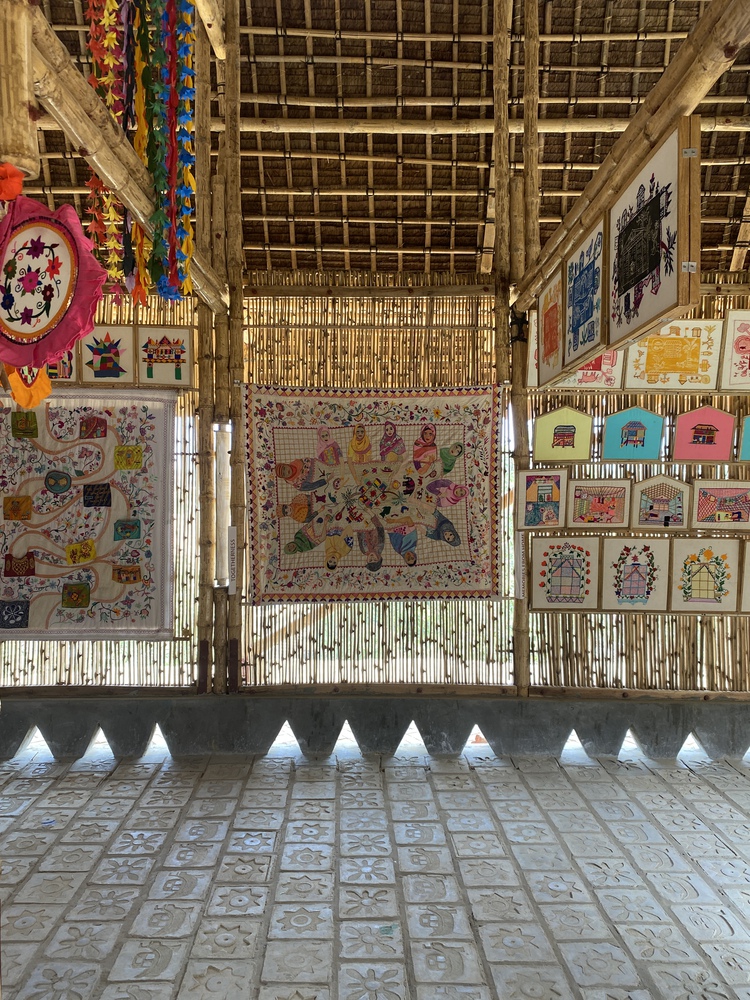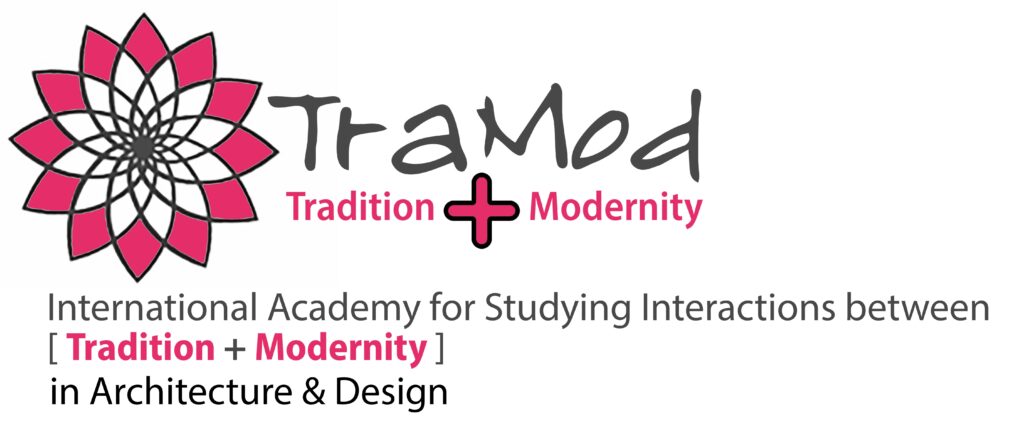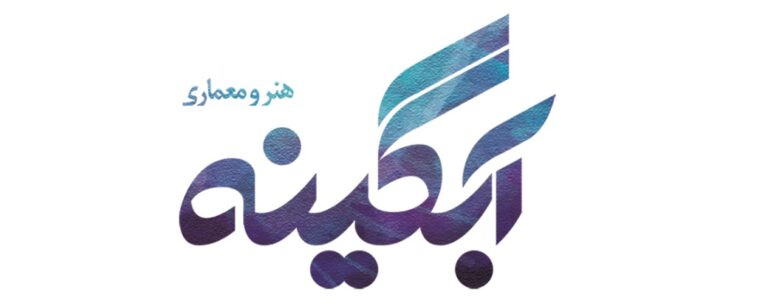TraMod TALKS with Rizvi Hassan
Javad Eiraji`s Exclusive Talk with Bangladeshi Architect RIZVI HASSAN
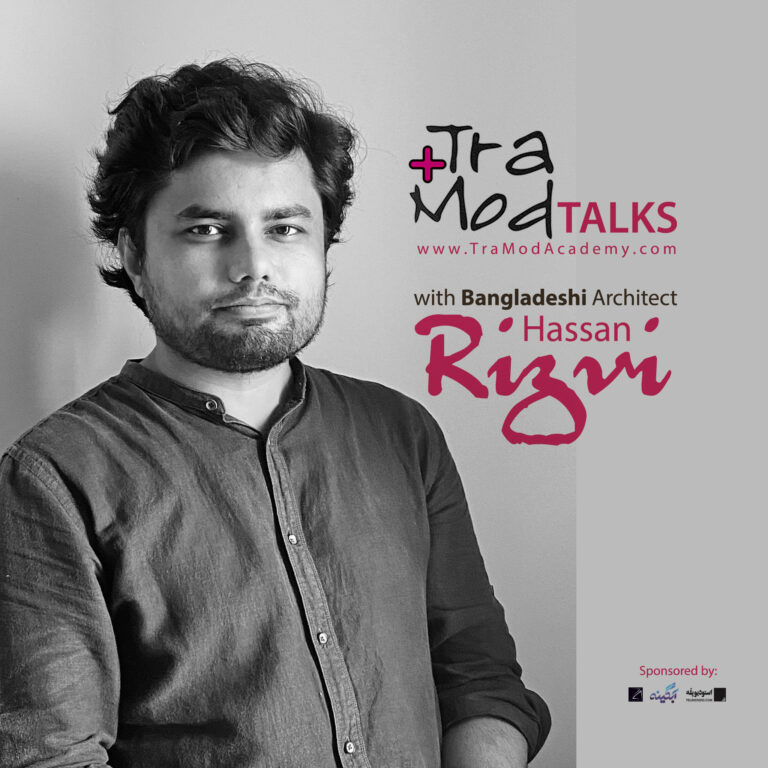
Rizvi Hassan is a Bangladeshi citizen and graduated on B.Arch from BUET in 2017. Since the beginning of his practice, he has been exploring various roles of a design professional in unconventional fields. He has worked in Jhenaidah, Cox’s Bazar, Ukhiya & Teknaf for various Bangladeshi communities and Rohingya refugees. Observation, materiality, environment and learning from each other have been the key in his design process that tries to reflect on the construction and spaces as well
Currently he has been working with IOM-UN Migration, ICRC, Oxfam, NGO Forum, BRAC and other organizations. Among his recent works- Rohingya Cultural Memory Centre, Health Facility for Konapara, Hindupara Community Center, Safe Space for Women & Girls, Bhalukiya Community Centre etc. are notable. For his and his team’s contribution, UN-OCHA has declared them as real-life heroes in 2020. They also have been recognized by The Guardian in 2020 and Aga Khan Trust for Culture in 2022
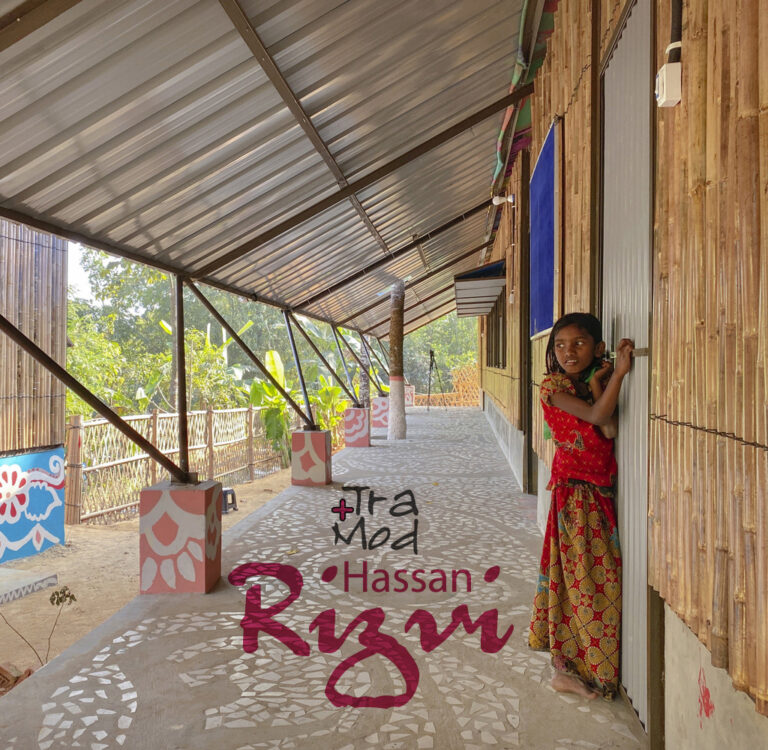
Javad Eiraji: Where is the contemporary architecture of the world going to? How can we have interaction between tradition and modernity in Today`s architecture
Rizvi Hassan: I think architects can be more useful if they don’t narrow their practices down to only visual products or the final outcome. We often know about a work is by seeing photographs, drawings and want to create the same. Whatever the process or impact is, we often go visual & think of a work as a personal one. Whereas- culture, identity & art practices of a city are shared by all and everyone can be aware collectively to build a powerful/useful living environment. If tradition needs to be preserved, the citizens need to be aware of that with the presence of the designer and it can be reflected in the work along with modernity

Javad Eiraji: How can we use past in today`s architecture and design
Rizvi Hassan: As we all share today’s media and communication, it is difficult to develop new culture/identity/practices and that is natural to get diffused. It is our past that can preserve our unique practices and right climatic responses as these have been developed in a slower era with patience and long-term understanding. We also need to understand what is relevant now and what is not. Most of the past practices are still useful (for example indigenous techniques of building houses/disaster responding techniques) but some will become a burden and will not be wise to promote (i.e: houses made of Garjan trees in Cox’s Bazar area, now the trees are almost extinct). Here we can do the trick of converting the old practices into modern one and have a sense of new along with usefulness
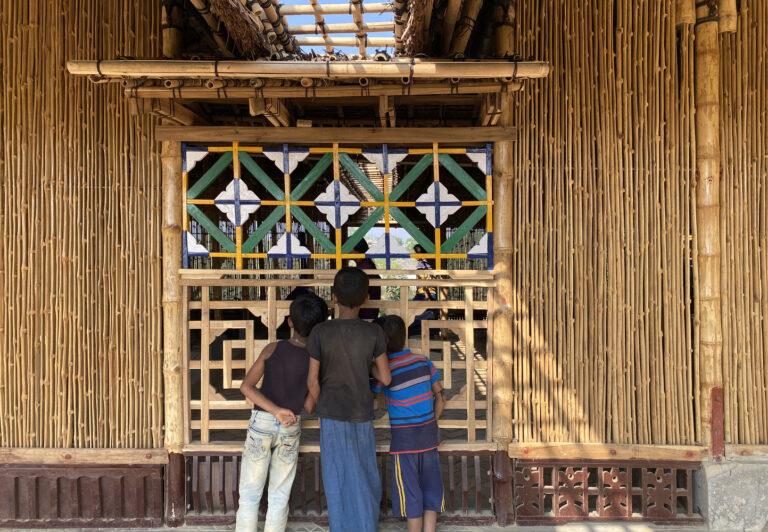
Javad Eiraji: How do you try to combine tradition and modernity in your projects
Rizvi Hassan: We always try to look for clues from the surrounding (old buildings/new constructions done by local craftsmen/knowledge from elderly craftsmen/artisans) and use them during our construction where convenient. And we also try to brainstorm new ways and experiment too. I think that creates the interaction between tradition and the new
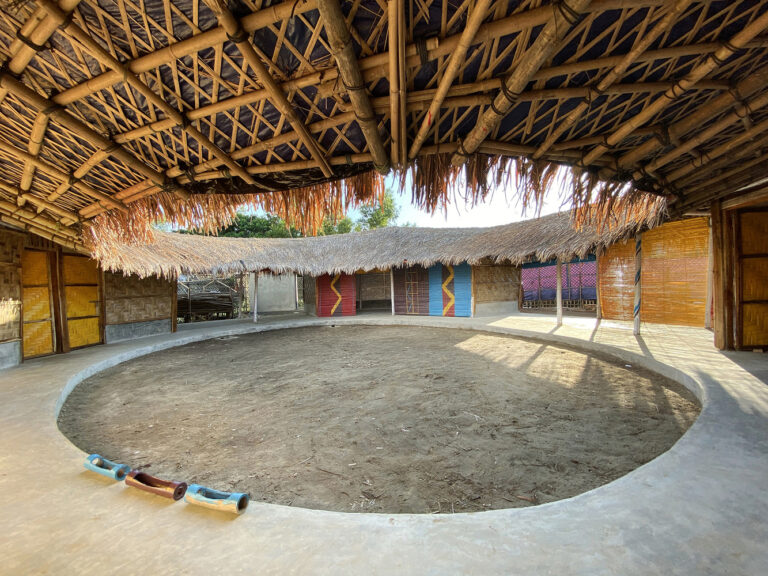
In the above image (Safe Space for Women & Girls), the partitions, roofing materials are all traditional, but the layout/common roof was new to them

In Community Center in Camp 03 project, a lot of traditional techniques and industrial technique was infused
The brick work, floor finishes, these are all clues from local practices that got composed with the new techniques

For climatic reason (heavy rain in this region) a regular double pitched roof was selected but will a new idea of heat proofing

In the above project (Rohingya Cultural Memory Center) we addressed the need of sloped roof that protects the walls and interior from heavy (horizontal & vertical) rain. But the roof also can collect rainwater and allows light through a courtyard inside
Javad Eiraji: Do you think this kind of design thinking (Tradition + Modernity) can be focused in academic studies and educations? Is it needed for today architecture of our society
Rizvi Hassan: I think designers should simply focus on usefulness, good-will and power of design. If that happens, we will automatically know why it is important to respect tradition and go for innovation. Yes, academic studies should be the starting point of this ethical understanding

Javad Eiraji: Which factors (forms, meaning, function, user) must be studied in combination of tradition and modernity in architecture
Rizvi Hassan: Why not all of them? Again, we always cannot cover everything in study. Sometimes the field says a lot. If we understand what we are doing and why we are doing (we work to do good, to learn from & to educate people we work with) we often can get free of our biased thoughts and just do the right thing, whether it is visually outstanding or not
